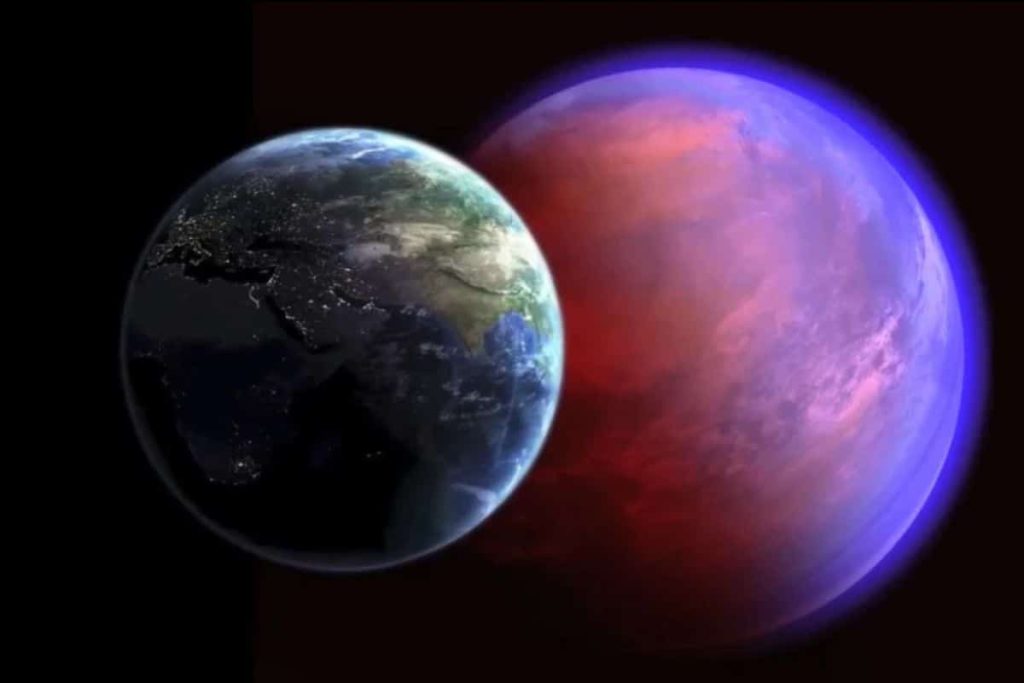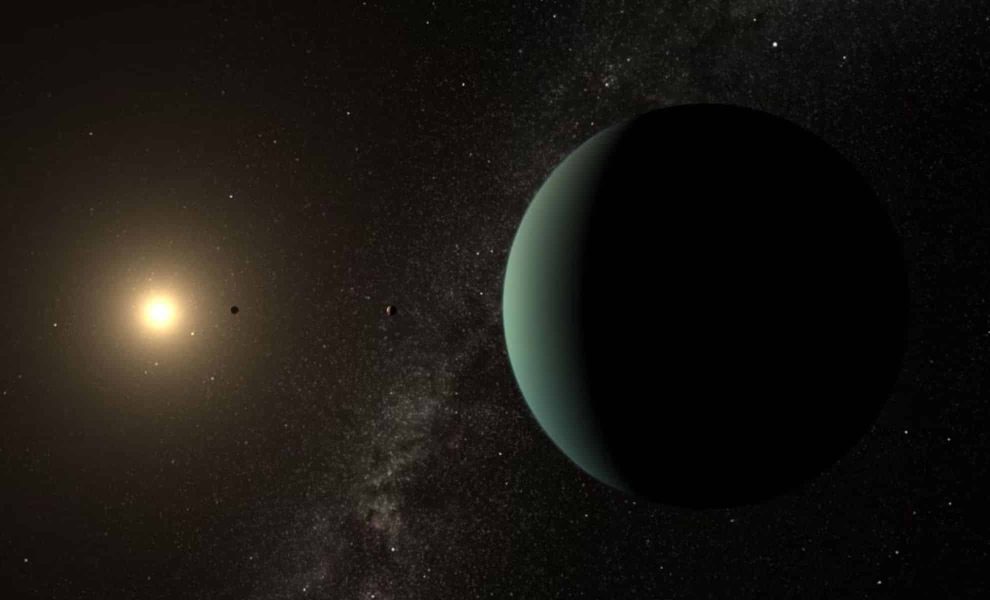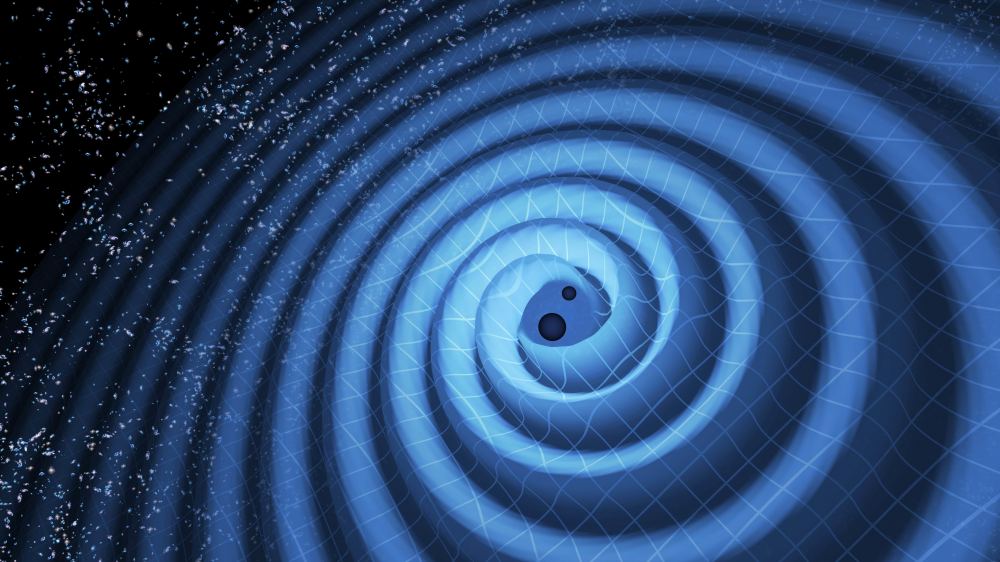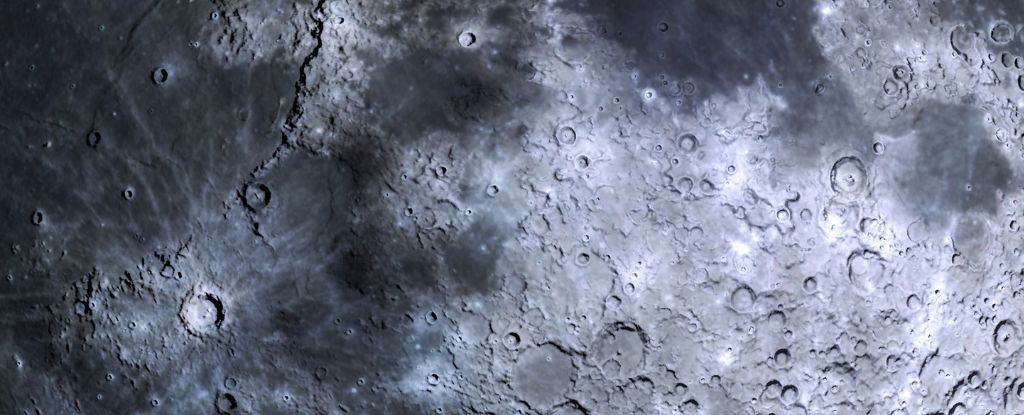What If a Super-Earth Existed in Our Solar System? – The Daily Galaxy –Great Discoveries Channel

What if our solar system wasn’t as perfectly balanced as it is today? Imagine a massive super-Earth occupying the asteroid belt between Mars and Jupiter, disrupting the gravitational harmony that keeps everything in place. Would Earth still be a thriving haven for life, or would it face a grim fate? Scientists have run the numbers, and their findings paint a picture of unexpected possibilities—and potential chaos. Our solar system, a cosmic ballet of planets held together by gravity and inertia, is uniquely structured compared to many other systems we observe in the universe. A notable difference is the absence of a super-Earth, a planet larger than Earth but smaller than gas giants like Jupiter. Instead of such a planet, our system features the asteroid belt between Mars and Jupiter. But what if a super-Earth had formed in place of the asteroid belt? Recent research by planetary scientists Emily Simpson and Howard Chen from the Florida Institute of Technology explores how this hypothetical scenario could have reshaped the dynamics of our solar system.The research aimed to investigate how a super-Earth in the asteroid belt region might have affected the orbits and axial tilts of inner planets like Venus, Earth, and Mars. These factors are critical for a planet’s habitability, as they influence the lengths of seasons and the severity of temperature fluctuations.Using advanced simulations, Simpson and Chen modeled various sizes of Earth-like planets in the asteroid belt’s location. They tested scenarios with planetary masses ranging from one percent of Earth’s mass to ten times its mass. Each simulation ran for millions of years, tracking the ripple effects on the solar system’s structure and stability.The results showed that smaller super-Earths, with masses up to twice that of Earth, would have caused only modest changes. The orbits of the three planets would remain stable, although Earth’s axial tilt could experience slight variations. Such changes might lead to slightly more extreme seasons—hotter summers and colder winters—but life on Earth would likely adapt. Simpson explained, “If it’s one or two Earth masses, which is still a pretty big planet, our inner Solar System would still remain quite nice.” However, the situation becomes far more dramatic with larger super-Earths. A planet five or ten times Earth’s mass in the asteroid belt could significantly alter the solar system’s dynamics. Such a planet’s gravitational influence would be powerful enough to destabilize the orbits of nearby planets.In one simulation, a super-Earth ten times Earth’s mass caused Earth’s orbit to shift closer to Venus. This movement could potentially push Earth out of the habitable zone—the region around the Sun where conditions are suitable for liquid water and, by extension, life as we know it. The planet’s tilt could become far more erratic, leading to severe seasonal extremes that might make the planet uninhabitable.The study’s insights go beyond our solar system. Many star systems observed in the universe feature super-Earths relatively close to their host stars. These findings can help astronomers determine whether such systems might host habitable planets. By modeling different scenarios, researchers can identify the gravitational dynamics that allow planets to remain in the habitable zone over long periods.Simpson and Chen’s work also sheds light on why our solar system is structured the way it is. The absence of a super-Earth in the asteroid belt may be a critical factor in the stability of Earth’s orbit and the development of life. This understanding enhances our appreciation of the finely tuned conditions that make our planet a haven for life.This research underscores how small changes in a solar system’s structure can lead to significant consequences for planetary habitability. The gravitational interplay between planets, moons, and other celestial objects is a delicate balance that can easily be disrupted by the introduction of a massive object like a super-Earth.While our solar system’s configuration appears to be an outlier, its unique structure has allowed life to flourish on Earth. The absence of a super-Earth between Mars and Jupiter may have been a crucial factor in maintaining the stability needed for life to develop and evolve over billions of years.As astronomers continue to discover exoplanets and study their characteristics, understanding how super-Earths influence their solar systems will be essential. Systems with massive planets near their stars might appear promising but could harbor hidden challenges for habitability. By applying lessons learned from our solar system’s history, scientists can refine their search for planets that might host life.“If we discover a Solar System-like system, but with a slightly different history – where instead of the natural belt, there is a planet – could that planet system’s inner regions still be hospitable? The answer is it depends on how big the planet is. If it’s too massive, that would probably spell doom for the planets within its orbit.”Got a reaction? Share your thoughts in the commentsEnjoyed this article? Subscribe to our free newsletter for engaging stories, exclusive content, and the latest news.This is interesting reading…the “what if ” intrigues me but has anyone researched or heard details around Sumerian astronomy?
Briefly it is said that there was a planet in the asteroid belt, the solar system was balanced back then, Sumerians called it ‘Tiamat’ whilst others mention ‘Maldek’. It was destroyed by a rogue planet that is referred to as ‘Nibiru’. Apparently Earth was on the other side o the Sun so the bombardment wasn’t as bad as Mars, because it was in the firing line…another thought, did the destroyed planet cause the low land in the northern part of Mars leading to Martian meteorites falling on Antarctica found by scientist …. intriguing, makes one think about possibilities.
Whilst we currently cannot prove if this occurred it does make you wonder…. did we have super Earth millions of years ago?Ya know I’ve never seen our Earth and Super Earth in the same room together.Comment Save my name, email, and website in this browser for the next time I comment.
© 2024 | Daily Galaxy | All rights reserved
Source: https://dailygalaxy.com/2025/01/what-if-super-earth-existed-solar-system/






